A recent headline from a local paper in Scotland claimed “Royal Navy battleship hunting Russian subs spotted in secret operation on Scots loch,” suggesting that a Royal Navy “battleship” was on a secret mission to hunt Russian submarines in Loch Fyne.
This claim is not accurate.
First, the Royal Navy doesn’t even use battleships anymore but let’s just move on from that. Frigates like HMS Richmond are more nimble and are specifically designed for roles like anti-submarine warfare.
The term “secret operation” makes it sound like something out of a spy thriller, but that’s not really the case here. Yes, military operations often involve some level of confidentiality, but what HMS Richmond was doing in Loch Fyne was routine training and testing. These exercises are standard and necessary to make sure the ship’s sonar systems work perfectly. So, calling it a “secret operation” is a bit of an exaggeration.
The phrase “hunting Russian subs” suggests there was some immediate threat or active engagement, which isn’t the case. The primary purpose of HMS Richmond being in Loch Fyne was to test and calibrate its sonar systems. This type of testing is crucial for maintaining readiness and ensuring that the frigate can detect and track submarines effectively.
A Royal Navy spokesperson told the UK Defence Journal: “HMS Richmond is currently in the area of Loch Fyne conducting routine trials including Noise Range Testing and Navigational Training.”
In short, HMS Richmond was spotted on Loch Fyne, one of Scotland’s largest lochs, calibrating sonar equipment. These efforts are part of routine training to make sure the ship’s detection systems are in top shape, especially given the current tensions between Britain and Russia.
Why Loch Fyne?
Loch Fyne is a key spot for the Royal Navy to conduct these tests. Its depth and controlled environment make it ideal for measuring how much noise the ship makes underwater and for testing the performance of its sonar systems. Given that HMS Richmond is the Towed Array Patrol Ship (TAPS), these exercises help ensure the ship is ready to detect and track submarines, especially around strategic locations like Faslane, where the UK’s Vanguard-class submarines are based.
HMS Richmond’s activities in Loch Fyne were focused on fine-tuning its detection and stealth capabilities. This kind of preparation is crucial, especially now, with the geopolitical tensions involving Russia. Regularly testing and calibrating the sonar systems ensures that the Royal Navy can respond swiftly and effectively to any potential underwater threats.
When asked for comment on the story by the newspaper in question, I tried to explain these points to provide clarity and context about HMS Richmond’s actual activities and purpose in Loch Fyne. However, unfortunately, much was removed.
For more on what Loch Fyne is used for, please see this excellent writeup from NavyLookout.
Keeping the fleet stealthy – the acoustic ranges used to support the Royal Navy
While the article highlights important aspects of HMS Richmond’s operations, it contains some incorrect elements that could mislead readers. I have great respect for the journalists involved, and my intention is not to criticise them personally as they are fantastic at what they do. Accurate reporting in defence matters, however, is incredibly important for public understanding and national security, especially with increased tensions.
Moreover, if a Russian submarine were within our territorial waters and that close to the home of the nuclear deterrent, it would be a major breach of international law. Submarines are only allowed to transit national waters for innocent passage on the surface. It stands to reason that such an incident if it had happened, would have resulted in a much bigger flurry of activity than a single frigate sailing up Loch Fyne.
The presence of a foreign submarine in such a sensitive area would trigger extensive military and diplomatic responses, indicating a significant escalation in tensions.
Even ignoring the Ministry of Defence’s denial, the fact that there was no such heightened activity should suggest that no Russian submarine was in the vicinity. A more straightforward account helps everyone understand the significance of these routine military exercises without causing unnecessary alarm or confusion.


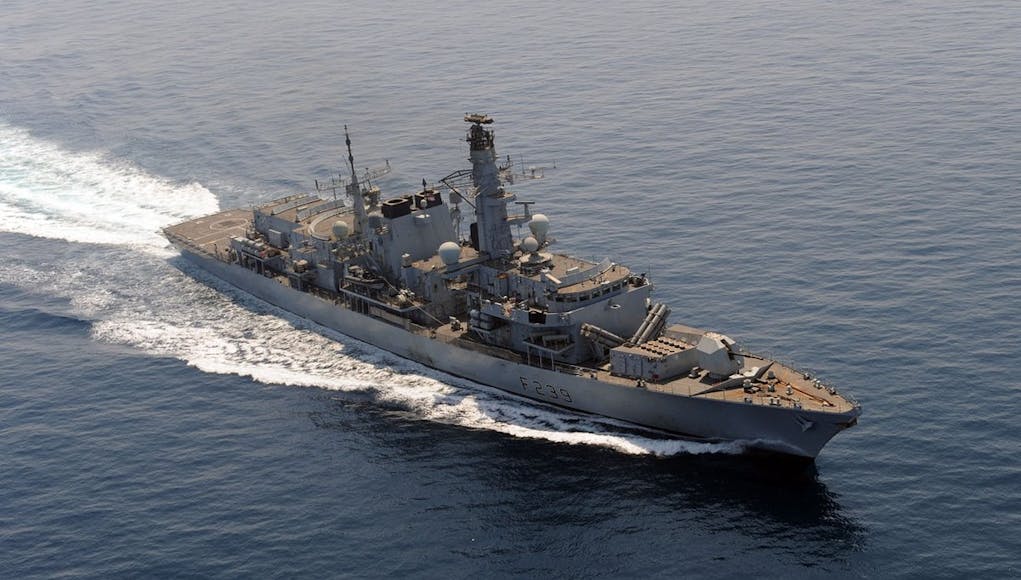
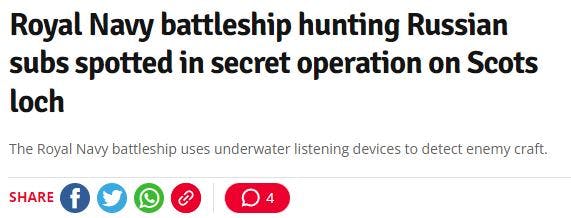


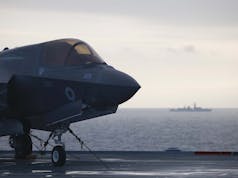
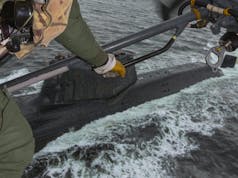

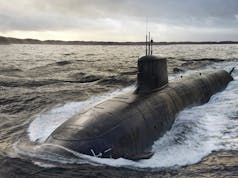


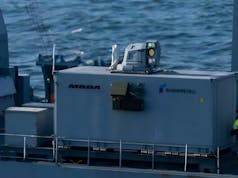


Can’t let the truth get in the way of a ‘good’ story😀
The wording makes it so that you can almost feel George’s disappointment that he had to write this article.
but not altogether 😁
Interestingly in the future with new LIDAR satellite constellations it may be that our SSBN’s can no longer hide in the deep ocean but will have to shelter in territorial waters making the west of Scotland lochs vital for safe operation of the UK deterrent.
Not really, LIDARs still consume a considerable amount of power and each LIDAR sat is a billion pound investment and that billion pound sat can actually only be used to detect subs in a minuscule area of ocean..to actually have a LIDAR satellite constellation that could say provided reasonable levels of detection around say the Atlantic would be a national endeavour costs 10s billions to 100s of billions…
The Australian National University published a paper in May 2020 “ Transparent occeans, the coming SSBN counter detection task may be insurmountable “…which is the last in a line of papers starting with strategic submarines and strategic stability, looking towards the 2030s and the future of undersea deterrence, a global survey..
if you bring all three of these papers together the high level conclusion is that due to better survey of the worlds oceans and counter detection technologies that coming into the 2030s it will be even harder to find an SSN, SSGN or SSBN but that moving into the late 2040s and by the 2050s it will be virtually impossible for counter detection to defeat detection and that counter detection technology and techniques will only be able to move the changes of detection from very likely to likely…essentially the lates paper ( which looks very much al LIDAR and other ways of veining the occean) is pretty clear that this is very likely the last generation of SSBNs and SSNs that can hide in the occeans..but they do note that as the have “no priori information” on a state creating a sensor net to make the occeans transparent the model is on a certain level crude.
I don’t think submarines like to operate in confined, shallow waters surrounded by rocks.
That’s asking for this ” Whisky on the Rocks?”
😄
As in the Russian sub in the mid 80s in Sweden?
I can forgive them not knowing about the varied magnetic and acoustic ranges. Only annoracks like me or RN, R&D types will be fully aware of them.
But “Battleship”
Shakes head.
The state of the modern British media, 😀
Searching for Kippers?
Maybe a pulse from the SONAR is good for catching fish?
Visited Loch Fyne for trials back in the 90’s. Beautiful spot.
The locals were well used to ‘visitors’. I wonder what they made of the story…
Oh well, we life is strange times.
Cheers CR
Stupid journalist doesnt even know or bother to check that the navy hasnnt had battleships for well over 60 odd years or more !
PB.
I stay in Inveraray, couldn’t believe it when I read this tripe in the paper!
Maybe they’re just a bit slow to publish and the event was in 1953?
I’m waiting for some reporter to describe an RN vessel as a ‘ man o war ‘ !!
I’m pretty sure, the media now use the term battleship for any vessel with a gun….
It’s a Mirror Group newspaper – anything that’s not syndicated rubbish is lifted from social media and/or made up.
Must’ve been a quiet day for news up there…
A massive load of bollocks more suited to what we expect from Russia ! (1) no sub would get anywhere near our sensitive defence ” village “. (2) any attempts would result in major malfunctioning electronics in subs,,ask Iran re helicopter ” human error ” crash. (3) Even Putin is not that stupid to risk such a stupid maneuver. We have LOADS more in our armoury than the public knows,,the enemy has a little bit of a clue, they are amateurs but dangerous never the same, lots of ways to skin a cat and we are a thorn in Putins side, he thinks,,but we actually have the full measure and capability to deal with all threats, best regards to our magnificent armed forces from Intel core to the humble but amazing foot soldiers and sailors, and RAF of course,,plus the extremely able civilian back up GCHQ and other things not mentioned.
If, and it’s big if, do people seriously think the sub could get out? Grow up people.
Battleship?????? HAVE I MISSED SOMETHING?
Have watched a Hunt class in the loch off Coulport in the past and wondered if it was doing a job making sure there was nothing in there for a Trident boat about to collect or drop-off
The British Tabloid press. The true national disgrace